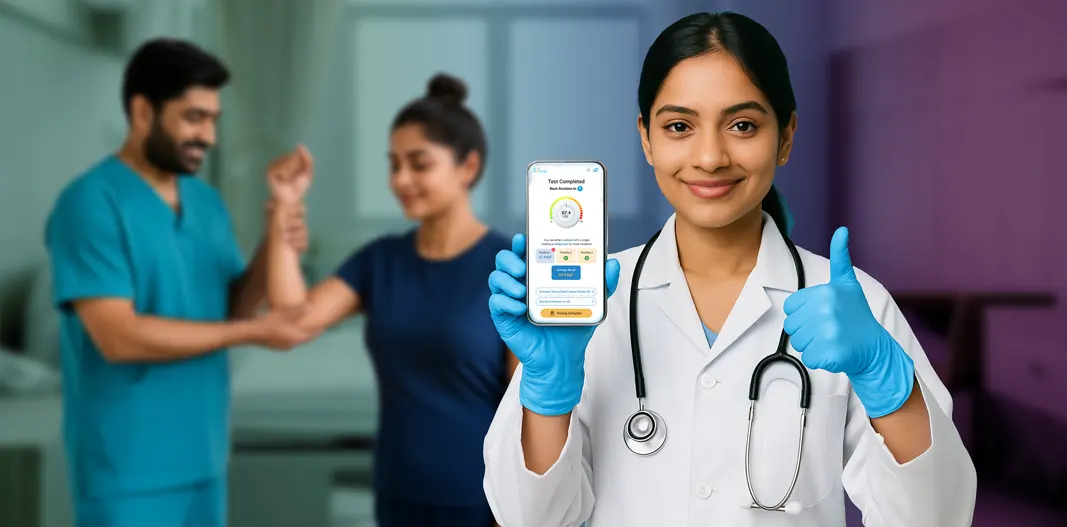
By Team DigiMuscle April 24, 2025

Muscle testing is a familiar routine in rehab and clinical care, but not all muscle tests are created equal. As demands for accountability and measurable outcomes increase in healthcare, how we assess muscle strength is undergoing a quiet revolution.
Traditionally, clinicians have relied on Manual Muscle Testing (MMT). It’s fast, requires no equipment, and provides a general sense of muscular function. But it’s also subjective. Two clinicians might rate the same muscle differently. A slight improvement in strength may go unnoticed or unrecorded. While MMT remains useful, its variability limits its effectiveness when precision is critical.
The Emergence of Objective Testing
Modern clinics are moving toward instrumented muscle testing, especially using handheld dynamometers. These compact devices measure the force output of muscles during isometric contractions, offering clear numerical values instead of letter grades or vague impressions.
This shift is about more than just numbers—it’s about what those numbers enable:
Real-World Application in Rehabilitation
Consider a patient recovering from rotator cuff surgery. Manual testing might indicate “moderate strength,” but a dynamometer can show an increase from 8.5 kg to 11.2 kg of force over four weeks—a 31% improvement. That’s compelling data for both clinician and patient, and it builds confidence in the rehab process.
In long-term rehab, especially for conditions like stroke or spinal cord injury, having access to trend data can guide therapy and determine if alternate interventions are needed. It adds scientific rigor to what has often been seen as an art.
Broader Implications
Objective muscle testing also supports interdisciplinary communication. A neurologist monitoring a patient with progressive muscular dystrophy can compare strength values over months, while a physiotherapist adapts exercises in real-time. This harmonization leads to better coordinated, more impactful care.
The Takeaway
Data transforms muscle testing from a subjective opinion into a clinical asset. It empowers better decisions, more accurate diagnoses, and transparent communication with patients and stakeholders. While traditional methods still have their place, blending them with objective tools is the path forward for modern, evidence-based care.